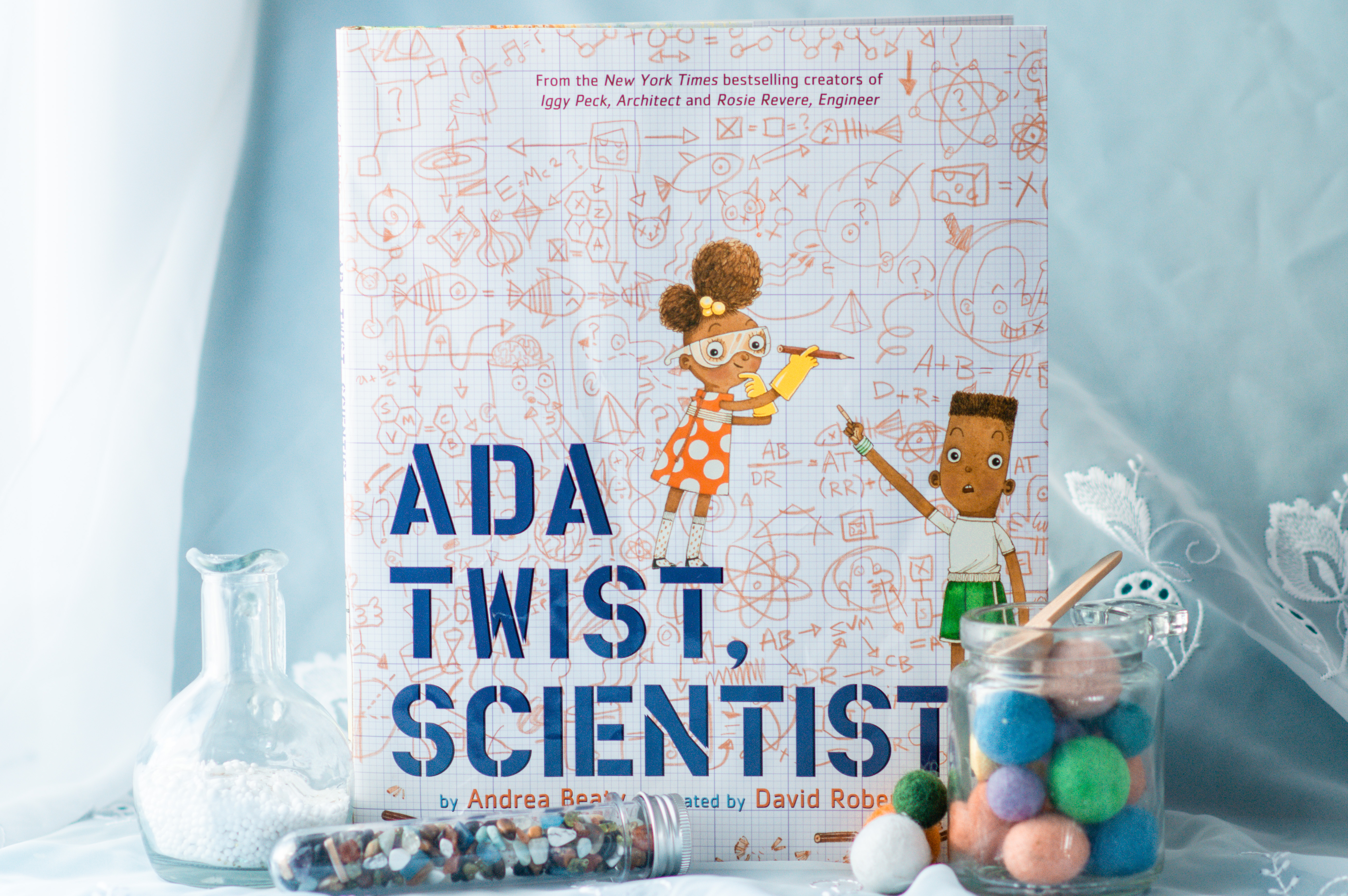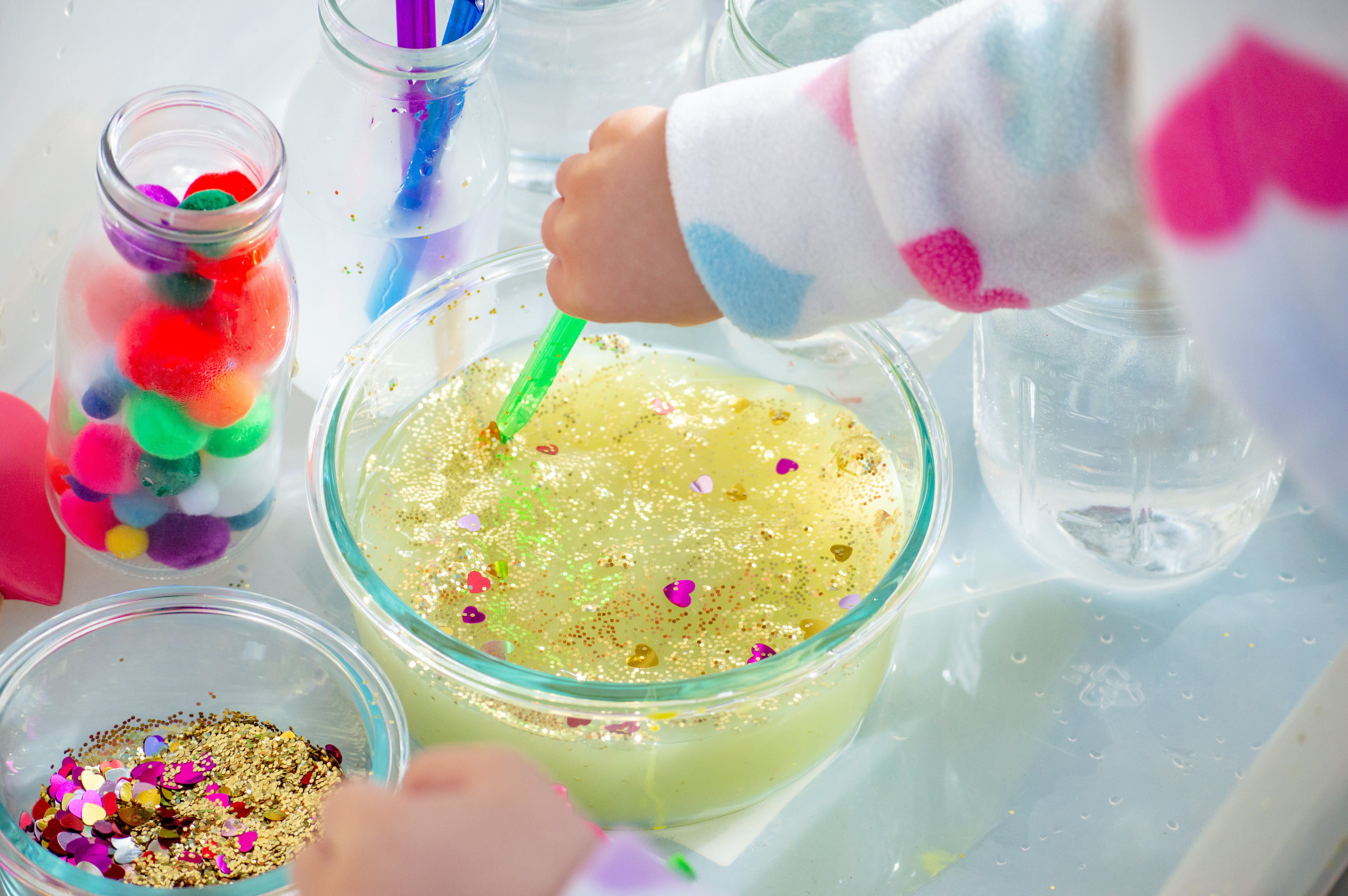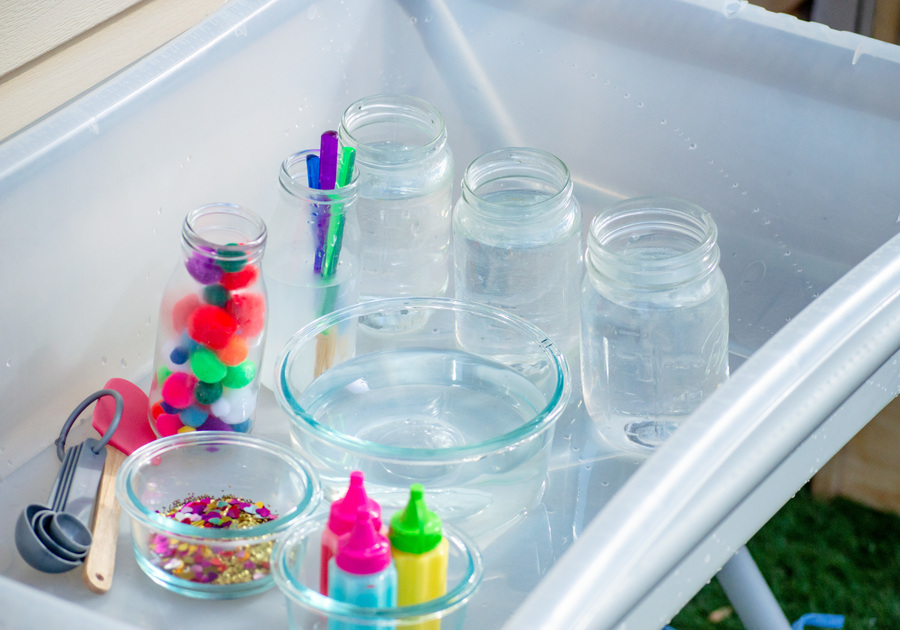When their children start to communicate and interact with their environment, parents may brace themselves for that often-repeated question: “Why?” In Andrea Beaty’s book, Ada Twist, Scientist, second-grader Ada not only constantly questions, but investigates, exasperating her parents. As Ada attempts to solve the mysteries of her world, her parents’ resistance turns to acceptance, then the celebration of Ada’s hypotheses and experiments.

Beaty’s award-winning book, which is part of the author’s Questioneers series, works to validate readers’ growing curiosity. Ada, who is a Black female character, also helps girls, especially those of color, envision themselves in positions of leadership within the scientific community.
In the 21st century, women continue to be underrepresented in the fields of science, technology, engineering, and math (STEM). A study conducted by global non-profit Catalyst found that in 2017, women in the United States made up less than a third of those employed in STEM occupations. That number was even lower for women of color, who only accounted for 11.5% in STEM occupations. These statistics reflect what Catalyst, which advocates for female leadership and inclusion in the workforce, attributes to gender stereotypes and racial bias.
As we try to break down the barriers that obstruct women, especially women of color, from careers in STEM, representation is essential. This can range from access to female mentors in the STEM workforce to providing girls with books about characters who look like them and love science.
In the case of Ada Twist, a Scientist, the key to helping Ada unlock her full potential is her parents’ support. In the book, that support meant letting Ada get a little messy.
A fun, hands-on activity that encourages young children to experiment is water play with a twist. Set out a water table or large storage container and fill it with jars, cups, bowls, and spoons. Start by allowing your child to stir the water and ladle it in the various containers. Add food coloring to some of the jars and ask your child to observe what happens when certain colors mix.

The next part of the activity can be adjusted depending on the season or your child’s interests. Let your child who loves to help in the kitchen add cupcake sprinkles and cocoa powder, or make a cool chemical reaction with a little baking soda and vinegar. Toss in heart confetti for a Valentine’s Day concoction. Send your child outside to find flowers, leaves, and rocks and hypothesize what will sink or float. Adaptability makes this activity an easy go-to while encouraging your children to explore, observe, and create.
International Day of Women and Girls in Science is February 11th. Supporting young girls and their curiosity is just the beginning, and as parents, we can start by celebrating the “why” with our children every day.
Find fun STEM activities here:
STEM Fun: Make Ice Cream in a Bag in Just 15 Minutes
At-Home STEM Fun: How To Make an Exploding Volcano
STEM Craft: Fizzy Dinosaur Eggs Are Fun to Make -- and Break



